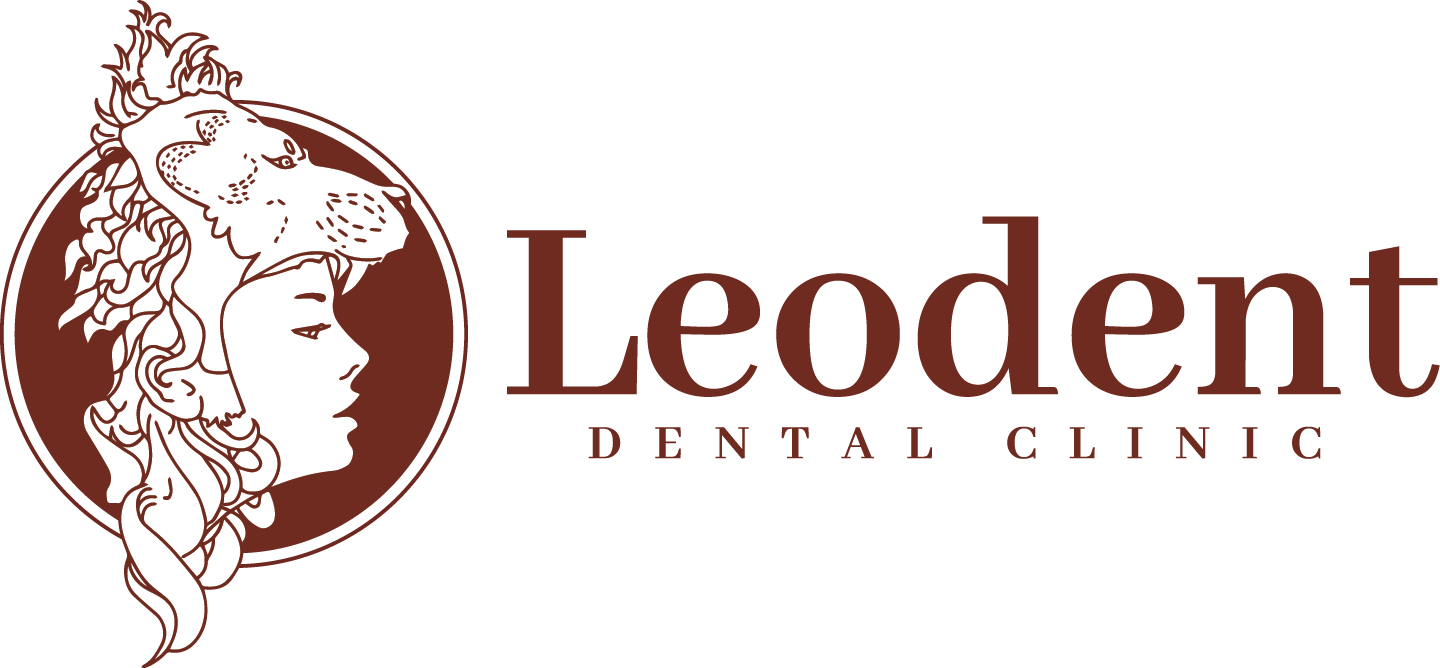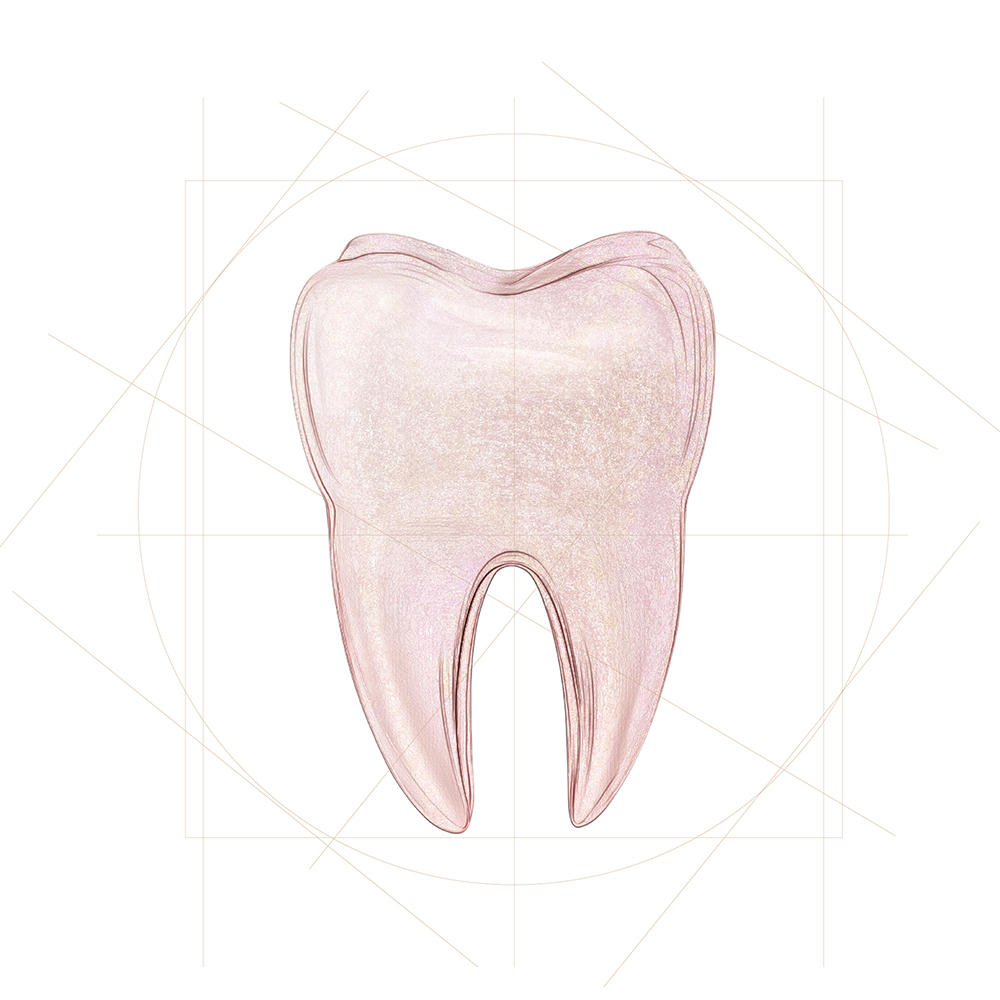Tooth Extraction
Tooth Extraction: Everything You Need to Know
Tooth extraction may sound a little scary, but it can be an important step in protecting your oral health and achieving a more comfortable smile. When it is time to say goodbye to a decayed, broken or no longer functioning tooth, our specialist dentists come into play. This process, which takes place painlessly in a sterile environment with local anaesthesia, offers the healthiest solution for you. So, how does this process work, what happens afterwards? Let’s discover all you wonder about tooth extraction step by step!
Why tooth extraction may be needed?
Tooth extraction is sometimes an unavoidable saviour. Here are the most common reasons:
Advanced Cavities: If the tooth is beyond saving, extraction may be the best option.
Broken Teeth: If you have broken a tooth after an accident or trauma, it may need to be removed to avoid putting your oral health at risk.
Orthodontic Preparation: Extractions may be performed to make room before treatments such as braces.
Impacted Teeth: Teeth (e.g. wisdom teeth) that get stuck in the jaw or damage other teeth are extracted and relieved.
In any case, your dentist will make the best decision for you and explain the process to you.
How is tooth extraction performed?
Tooth extraction is a much simpler and more comfortable process than you think! Your dentist first applies local anaesthesia to numb the area so that you do not feel anything. Then, depending on the condition of the tooth, either a classical extraction is performed or a surgical method is used in special cases such as impacted teeth. When the procedure is finished, the bleeding will be checked and you will be told what you need to pay attention to during the healing process. That’s all!
What should you pay attention to after tooth extraction?
If you take care of yourself after tooth extraction, the healing process will go quickly and smoothly. Here are some practical tips to guide you while maintaining your oral health:
Keep Bleeding Under Control
Buffer Use: After the extraction, bite the gauze placed in the area and hold it for 30-60 minutes. If bleeding continues, you can replace it with a clean cotton wool.
Position of Your Head: On the first day, keep your head elevated; when sleeping, straighten your pillow and avoid leaning forwards while looking at the phone. This reduces bleeding.
Avoid Heat: Hot food, tea, coffee or a shower can increase bleeding. Indulge yourself with cold foods for the first 3 days; it both relaxes and accelerates healing. Applying cold gel to your cheek from the outside is a bonus!
Ease the Pain
Painkillers: Use the medicines recommended by your dentist regularly. NSAII group (such as Apranax, Arveles) both relieves pain and prevents swelling. Inform your doctor in case of severe pain.
Ice Treatment: For the first 2 days, apply ice to your cheek from the outside (hold for 10 minutes and break for 5 minutes). This controls swelling and pain.
Stay Away from Cigarettes
Smoking is the biggest enemy of recovery after extraction. High temperatures and nicotine can lead to a painful complication called ‘alveolitis’. Take a break from smoking for at least 3 days; you and your tooth are worth it!
Pay Attention to Your Diet
First 3 Days: Eat soft and cold foods such as soups and yoghurt. Avoid hard, spicy or hot foods. You can even eat ice cream, it is both delicious and healing!
Eat Carefully: Do not use the extracted side, take small bites and avoid opening your mouth too wide. Remember to nourish your body with protein and calories.
Oral Hygiene is Important
Caution with Mouth Rinsing: Do not rinse your mouth and avoid spitting for the first 24 hours; this protects the clot at the wound site. You can then clean gently with salt water or mouthwashes containing chlorhexidine (such as Andorex).
Brushing Teeth: Brush your other teeth, but be careful not to touch the extraction site.
Rest and Be Patient
Avoid heavy work and sports for the first 2 days. Except for light walks, give your body a chance to recover. Take your prescribed medication regularly and make sure you attend your follow-up appointment.
Tooth Extraction: Everything You Need to Know
Tooth extraction may sound a little scary, but it can be an important step in protecting your oral health and achieving a more comfortable smile. When it is time to say goodbye to a decayed, broken or no longer functioning tooth, our specialist dentists come into play. This process, which takes place painlessly in a sterile environment with local anaesthesia, offers the healthiest solution for you. So, how does this process work, what happens afterwards? Let’s discover all you wonder about tooth extraction step by step!
Why tooth extraction may be needed?
Tooth extraction is sometimes an unavoidable saviour. Here are the most common reasons:
- Advanced Cavities: If the tooth is beyond saving, extraction may be the best option.
- Broken Teeth: If you have broken a tooth after an accident or trauma, it may need to be removed to avoid putting your oral health at risk.
- Orthodontic Preparation: Extractions may be performed to make room before treatments such as braces.
- Impacted Teeth: Teeth (e.g. wisdom teeth) that get stuck in the jaw or damage other teeth are extracted and relieved.
In any case, your dentist will make the best decision for you and explain the process to you.
How is tooth extraction performed?
Tooth extraction is a much simpler and more comfortable process than you think! Your dentist first applies local anaesthesia to numb the area so that you do not feel anything. Then, depending on the condition of the tooth, either a classical extraction is performed or a surgical method is used in special cases such as impacted teeth. When the procedure is finished, the bleeding will be checked and you will be told what you need to pay attention to during the healing process. That’s all!
What should you pay attention to after tooth extraction?
If you take care of yourself after tooth extraction, the healing process will go quickly and smoothly. Here are some practical tips to guide you while maintaining your oral health:
Keep Bleeding Under Control
- Buffer Use: After the extraction, bite the gauze placed in the area and hold it for 30-60 minutes. If bleeding continues, you can replace it with a clean cotton wool.
- Position of Your Head: On the first day, keep your head elevated; when sleeping, straighten your pillow and avoid leaning forwards while looking at the phone. This reduces bleeding.
- Avoid Heat: Hot food, tea, coffee or a shower can increase bleeding. Indulge yourself with cold foods for the first 3 days; it both relaxes and accelerates healing. Applying cold gel to your cheek from the outside is a bonus!
Ease the Pain
- Painkillers: Use the medicines recommended by your dentist regularly. NSAII group (such as Apranax, Arveles) both relieves pain and prevents swelling. Inform your doctor in case of severe pain.
- Ice Treatment: For the first 2 days, apply ice to your cheek from the outside (hold for 10 minutes and break for 5 minutes). This controls swelling and pain.
Stay Away from Cigarettes
Smoking is the biggest enemy of recovery after extraction. High temperatures and nicotine can lead to a painful complication called ‘alveolitis’. Take a break from smoking for at least 3 days; you and your tooth are worth it!
Pay Attention to Your Diet
- First 3 Days: Hot food, tea, coffee or a shower can increase bleeding. Indulge yourself with cold foods for the first 3 days; it both relaxes and accelerates healing. Applying cold gel to your cheek from the outside is a bonus!
- Eat Carefully: Do not use the extracted side, take small bites and avoid opening your mouth too wide. Remember to nourish your body with protein and calories.
Oral Hygiene is Important
- Caution with Mouth Rinsing: Do not rinse your mouth and avoid spitting for the first 24 hours; this protects the clot at the wound site. You can then clean gently with salt water or mouthwashes containing chlorhexidine (such as Andorex).
- Brushing Teeth: Brush your other teeth, but be careful not to touch the extraction site.
Rest and Be Patient
Avoid heavy work and sports for the first 2 days. Except for light walks, give your body a chance to recover. Take your prescribed medication regularly and make sure you attend your follow-up appointment.
Why Should You Trust Us?
Tooth extraction is a simple and safe procedure in expert hands. With sterile conditions, the right anaesthetic and tailor-made care recommendations, we ensure that the process is as comfortable as possible. We are at your side for any questions you may have during the healing process. If you experience anything unexpected (e.g. excessive pain or bleeding), contact us immediately; we are here for a healthy smile!
Take care of yourself after tooth extraction, because a healthy mouth is a big step for both your physical and mental health. We are happy to accompany you on this journey!
Alveolitis is a condition where the blood clot at the extraction site disappears, leaving the bone exposed and can cause severe pain. It usually starts 2-3 days after extraction. If the pain increases, you feel a bad odour or notice a cavity at the extraction site, you should contact your dentist immediately.
For the first 24 hours after a tooth extraction, be careful not to touch or bite the area. Avoid hot foods and drinks. Avoid smoking and consuming alcohol, as they negatively affect healing. Applying a cold compress can reduce swelling.
Things to Avoid After a Tooth Extraction
-
- Hot Drinks and Foods: For the first 24 hours after the extraction, avoid hot foods and drinks. This can negatively affect healing and increase bleeding.
- Smoking: Smoking increases the risk of bleeding and infection and prolongs the healing process. Be careful not to smoke for at least 48 hours after the extraction.
- Alcohol Consumption: Alcohol can increase the risk of bleeding and negatively affect the healing process. Avoid consuming alcohol after the extraction.
- Hard and Sticky Foods: Hard, sticky, or crunchy foods (e.g., nuts, chips) can damage the extraction site. Additionally, these foods can irritate the wound and lead to infection.
- Sucking Motions in the Mouth: Be careful not to make sucking motions after the tooth is pulled. This can dislodge the blood clot, leading to bleeding.
- Using Mouthwash: Do not rinse your mouth with mouthwash for the first 24 hours after the extraction, as this can also dislodge the blood clot.
- Excessive Brushing: Be careful not to brush the extraction area for the first few days. However, maintain your hygiene by gently brushing the surrounding teeth.
- Physical Activity and Sports: Strenuous exercise and physical activity can increase the risk of bleeding and prolong the healing process. Avoid excessive physical activity for a few days after the extraction.
- Sleeping with Your Head Elevated: Keep your head elevated when lying down. This helps to reduce swelling and can help stop the bleeding.
You can take a warm shower after tooth extraction, but you should avoid hot showers for the first 3 days. Hot water can increase blood pressure and trigger bleeding. It is also a good idea to keep the shower short and not tilt your head too much on the first day after extraction.
Avoid brushing close to the extraction site. If slight bleeding occurs while brushing, do not panic; you can rinse your mouth with warm salt water and control the bleeding. If the bleeding does not stop, apply pressure with a clean gauze and consult your dentist.
Yes, swelling can usually develop within a few days after the procedure and can usually be relieved with a cold compress. Swelling decreases within 3-5 days.
You can usually return to your daily activities within 1-2 days after tooth extraction. However, if there is severe pain or swelling, more rest may be required.
For normal extractions, a follow-up appointment after 1 week is usually recommended. However, if you experience pain, swelling, bleeding or any other problem, you should contact your dentist without waiting. In surgical extractions, the appointment date for stitch control is determined by your dentist.


